Lemon Curd
This post may contain affiliate links. Read my full disclosure policy.
Enjoy a taste of sunshine in every spoonful with this lusciously creamy (and easy!) homemade lemon curd.
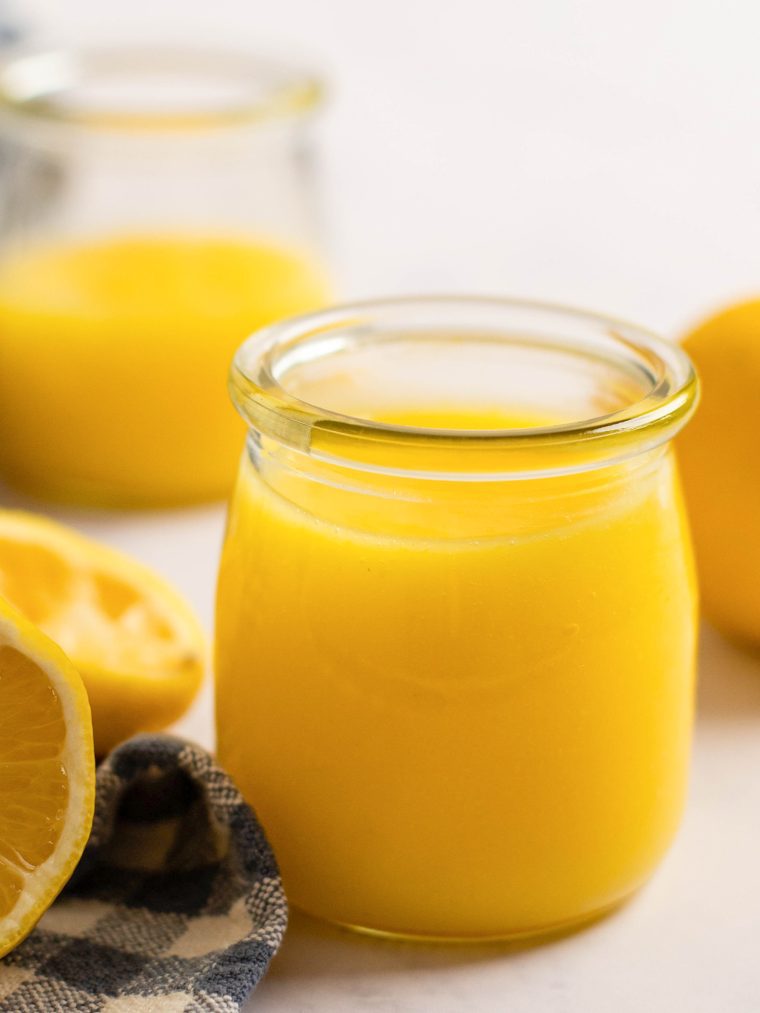
If you share my passion for all things citrus, you’re going to absolutely love this lemon curd recipe. Originating from England, lemon curd is like a burst of sunshine in a jar — bright and lusciously creamy, while striking the perfect balance between tart and sweet.
It’s easy to make with just five simple ingredients and you can enjoy it in so many ways: slather it onto warm toast to kickstart your morning, add a dollop to pancakes or waffles for an indulgent weekend treat, or swirl it into your Greek yogurt for a refreshing start to your day. It even pairs wonderfully with whipped cream and berries for a light summer dessert. Homemade lemon curd also makes a lovely gift. Just spoon the curd into a cute little jar, tie a ribbon around it, and you’ve got a thoughtful present that’s sure to brighten anyone’s day.
Table of Contents
Ways To Use Lemon Curd
- Spread on toast, English muffins, croissants, biscuits, drop biscuits, or scones
- Dollop on waffles, pancakes, or ricotta pancakes
- Use as a filling for French crepes or macarons
- Spoon over pound cake
- Mix with whipped cream for strawberry shortcake
- Mix with homemade whipped cream for fresh berries/dessert topping
- Stir into Greek yogurt
- Use as a filling for tarts and pies
- Spread on cheesecake
- Drizzle over ice cream
What You’ll Need To Make Lemon Curd
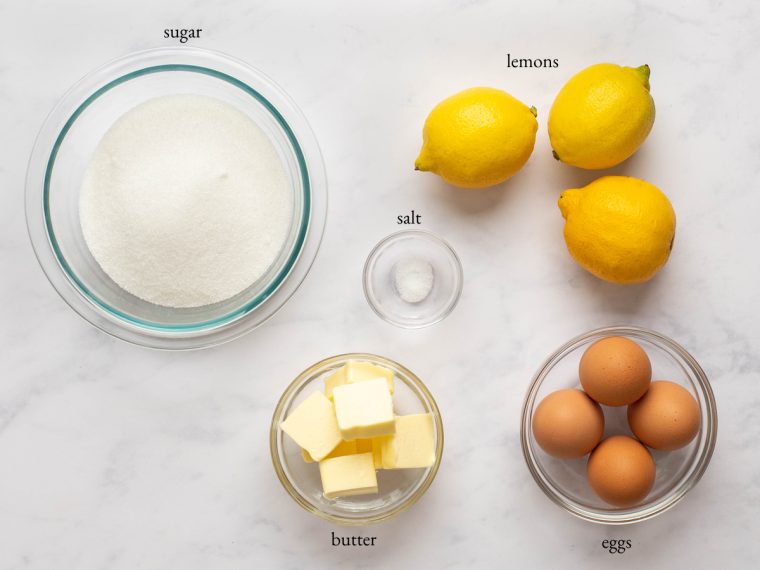
- Sugar: Sweetens the curd and balances the tartness of the lemon.
- Eggs: Provide structure and thicken the curd, giving it a creamy consistency.
- Lemon Zest: Adds a bright, aromatic citrus flavor that intensifies the lemony taste. When zesting lemons or any citrus fruits, avoid the pith—the bitter white layer beneath the zest—as it can add unwanted bitterness to your dish.
- Lemon Juice: Contributes the characteristic tartness and acidity to the curd, complementing the sweetness. To get the most juice from your lemons, give them a vigorous roll on your kitchen counter for a few seconds. This breaks down the citrus membranes, making the juice flow out effortlessly when you squeeze the lemons.
- Salt: Enhances the flavors of the other ingredients and offsets the sweetness.
- Butter: Gives the lemon curd a rich, smooth texture and a glossy finish.
- Jump to the printable recipe for precise measurements
Step-by-Step Instructions
I use Ina Garten’s recipe as a starting point, but my method is simpler and involves much less clean up, creating the most luscious spread without any fuss. One little tip: it’s essential to zest the lemons prior to juicing; attempting to do so afterward can prove quite challenging.
In a medium (2-quart) saucepan, add the sugar, eggs, lemon zest, lemon juice, and salt.
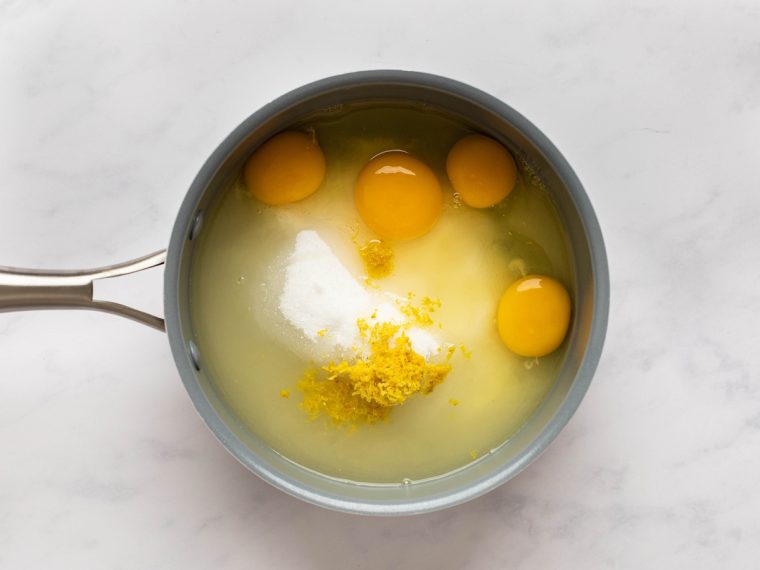
Set the pan over low heat and whisk all ingredients together.
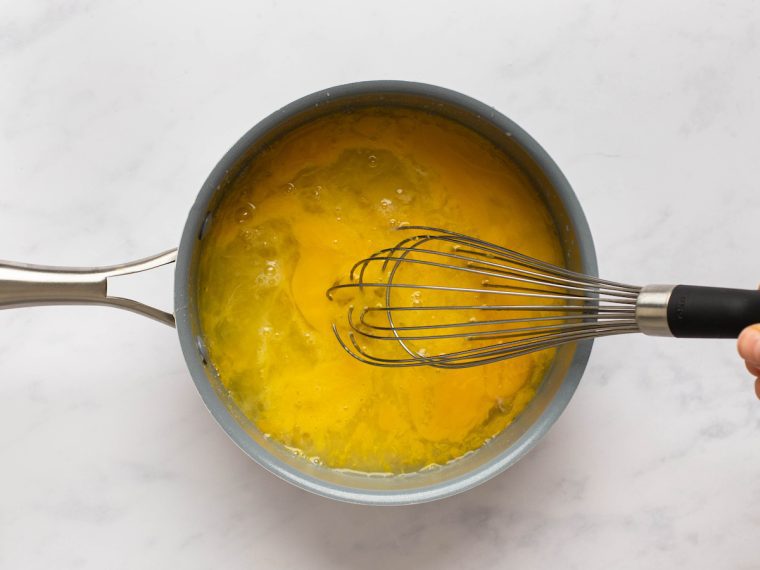
Continue to whisk constantly until the mixture is thickened enough to coat a spoon (about 10 minutes). The lemon curd will thicken at about 170°F or just below a simmer.
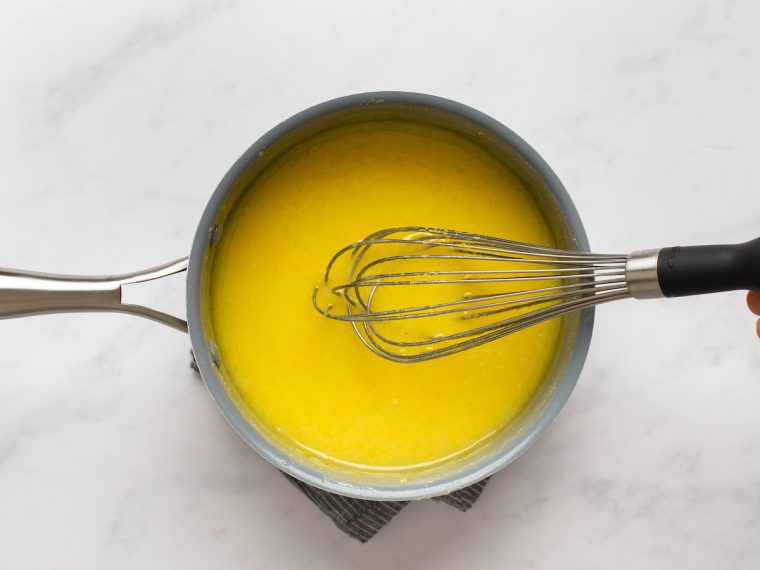
Off the heat, add the butter all at once and whisk until melted and evenly incorporated.
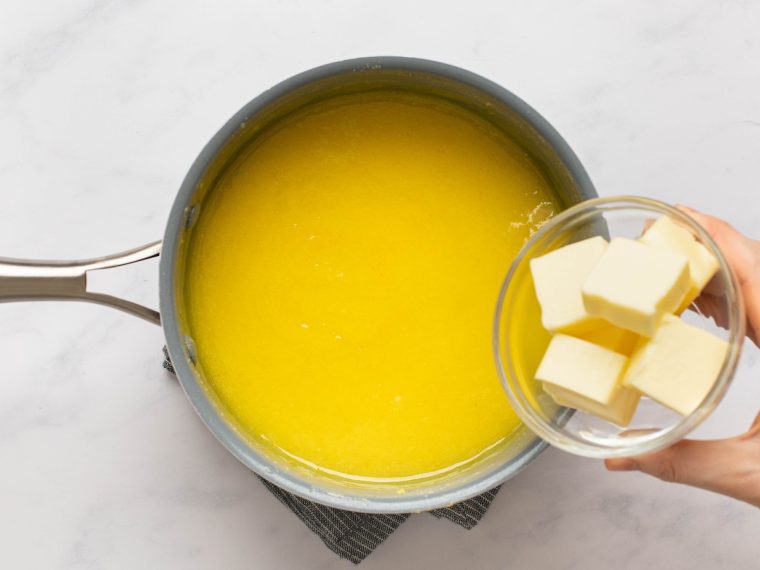
Pass the curd through a fine mesh strainer to remove the lemon zest, if desired.
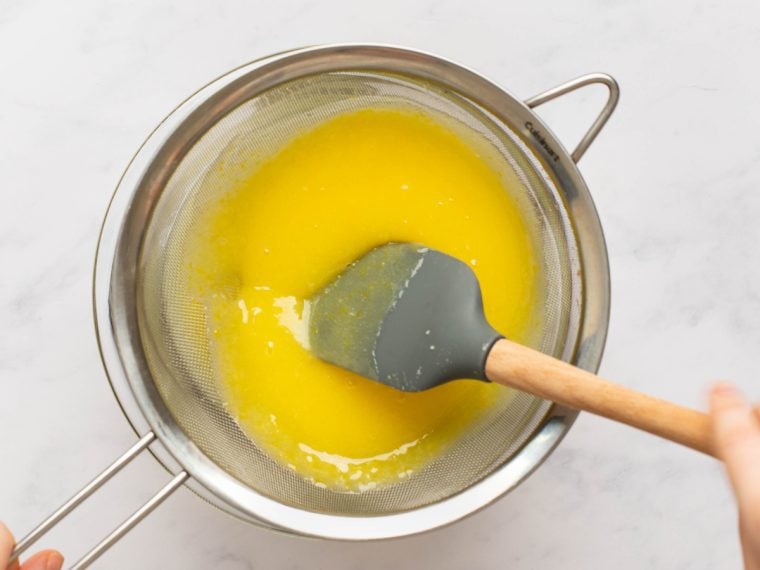
Cover and refrigerate until cool and thickened, at least 4 hours or preferably overnight.
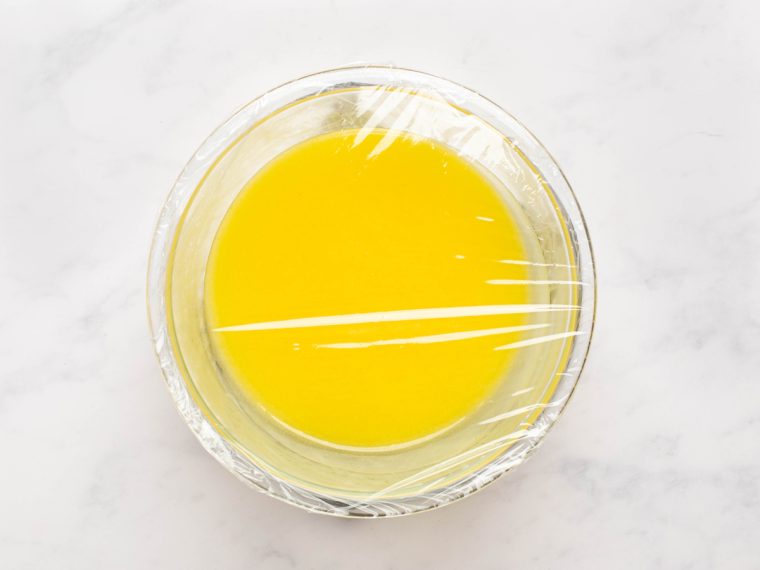
Lemon curd will keep in an air tight container in the refrigerator for about 2 weeks. To freeze for longer storage, transfer the lemon curd to a freezer-safe container, leaving about ½ inch of space at the top to accommodate expansion. Store in the freezer for up to 3 months. When ready to use, thaw the frozen lemon curd overnight in the refrigerator.
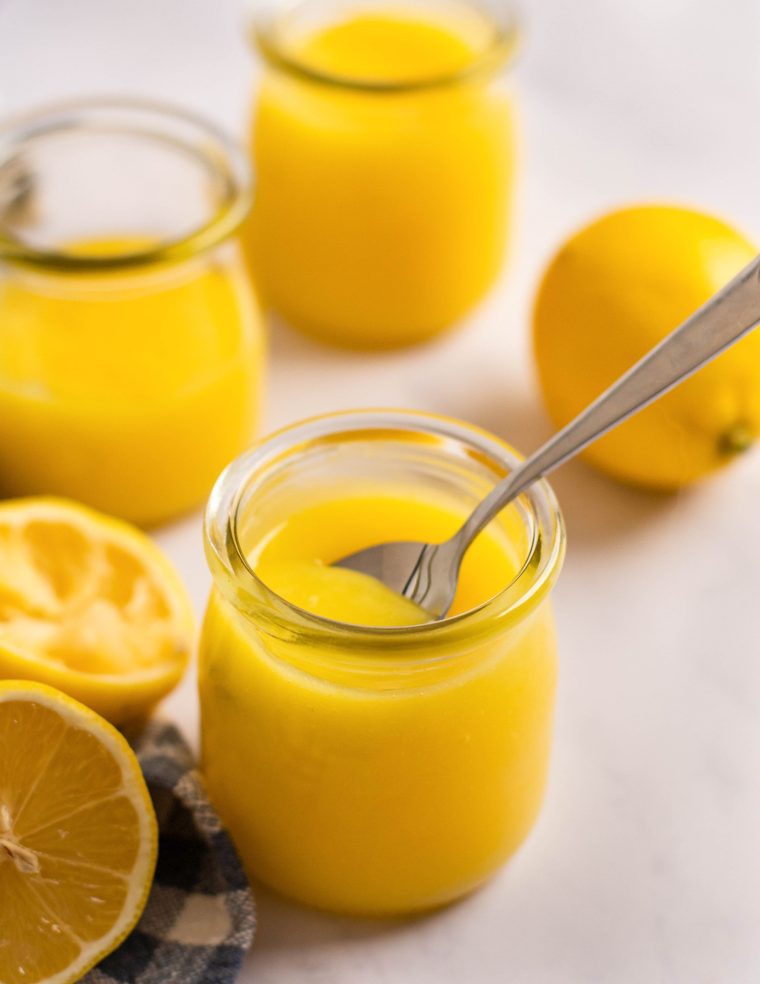
You May Also Like
Lemon Curd
Enjoy a taste of sunshine in every spoonful with this lusciously creamy (and easy!) homemade lemon curd.
Ingredients
- 1½ cups sugar
- 4 large eggs
- 2 teaspoons lemon zest (from 2 lemons)
- ½ cup lemon juice (from 3 lemons)
- ⅛ teaspoon salt
- 1 stick (½ cup) unsalted butter, cut into 8 pieces
Instructions
- In a medium (2-quart) saucepan, whisk together the sugar, eggs, lemon zest, lemon juice, and salt. Set the pan over low heat. Cook, whisking constantly, until the mixture is thickened enough to coat a spoon (about 10 minutes). The lemon curd will thicken at about 170°F or just below a simmer. Off the heat, add the butter all at once and whisk until melted and evenly incorporated. Pass the lemon curd through a fine mesh strainer to remove the lemon zest, if desired. Cover and refrigerate until cool and thickened, at least 4 hours or preferably overnight.
- Make-Ahead/Freezer-Friendly Instructions: Lemon curd will keep in an air tight container in the refrigerator for about 2 weeks. To freeze for longer storage, transfer the lemon curd to a freezer-safe container, leaving about ½ inch of space at the top to accommodate expansion. Store in the freezer for up to 3 months. When ready to use, thaw the frozen lemon curd overnight in the refrigerator.
Nutrition Information
Powered by ![]()
- Serving size: 2 tablespoons
- Calories: 95
- Fat: 5 g
- Saturated fat: 3 g
- Carbohydrates: 13 g
- Sugar: 13 g
- Fiber: 0 g
- Protein: 1 g
- Sodium: 25 mg
- Cholesterol: 41 mg
This website is written and produced for informational purposes only. I am not a certified nutritionist and the nutritional data on this site has not been evaluated or approved by a nutritionist or the Food and Drug Administration. Nutritional information is offered as a courtesy and should not be construed as a guarantee. The data is calculated through an online nutritional calculator, Edamam.com. Although I do my best to provide accurate nutritional information, these figures should be considered estimates only. Varying factors such as product types or brands purchased, natural fluctuations in fresh produce, and the way ingredients are processed change the effective nutritional information in any given recipe. Furthermore, different online calculators provide different results depending on their own nutrition fact sources and algorithms. To obtain the most accurate nutritional information in a given recipe, you should calculate the nutritional information with the actual ingredients used in your recipe, using your preferred nutrition calculator.

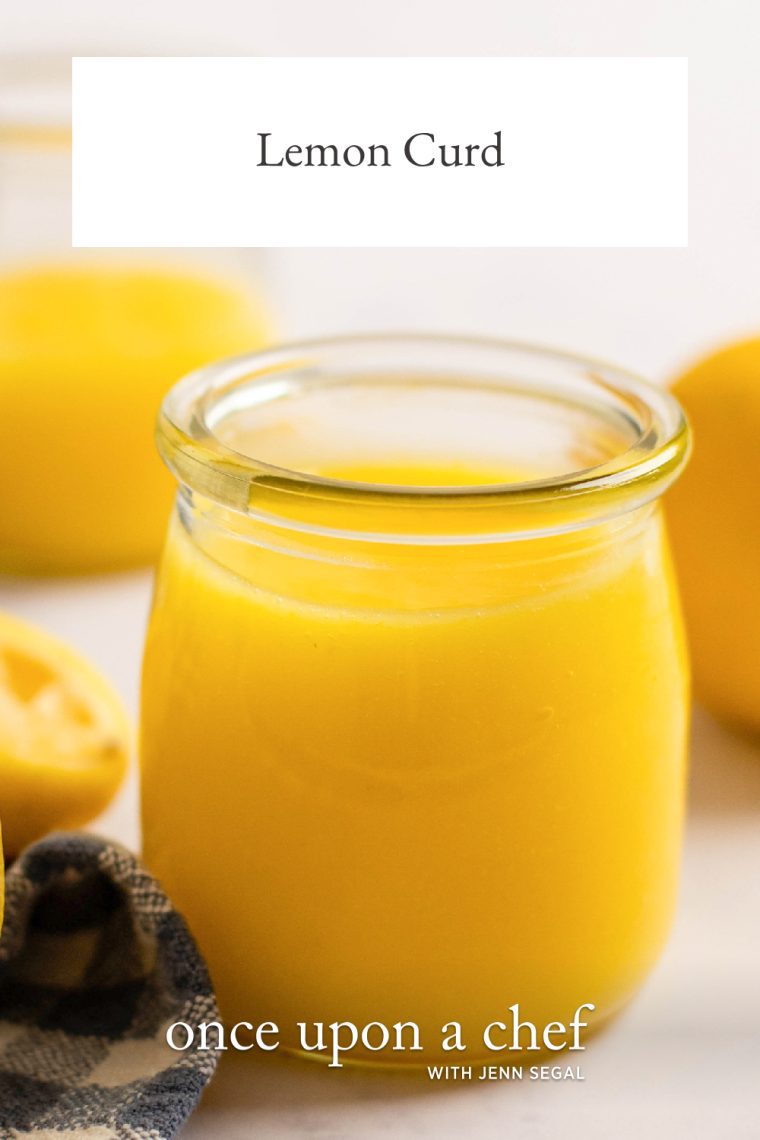
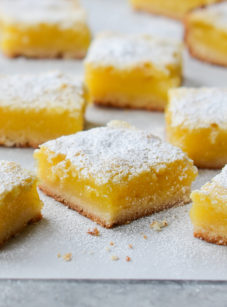
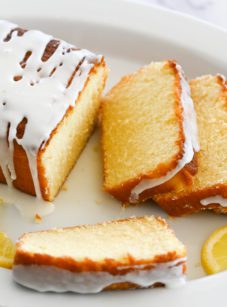
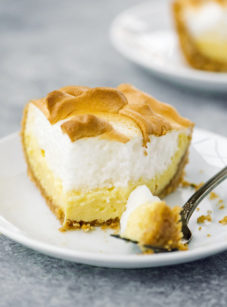

Can I make this dairy free? I have guests that can’t have dairy & this yummy lemon curd is on my menu . Many thanks.
Hi Robbie, I haven’t made this with anything but butter so I’m not sure how it would come out with an alternative. I’d suggest looking for a non-dairy lemon curd.
Your lemon curd recipe is sooo good and easy. Made it for lemon curd tarts, to take to lemon theme cookbook club today. I did whip up the eggs first to incorporate the whites. Guess I should get your cookbook.
I made this for the first time and followed the directions as they were presented. I used a micro planer to zest the lemons and used slightly more than the 2 tsp called for… because it’s so good! I mixed some of the sugar into that zest since I remembered reading somewhere that it’s a good thing to do to enhance the lemon oils. Seems true. I used my Thermo-Pop thermometer to check the temps as I whisked and heated it up slowly. That noted temp of 170 is what I was watching for. Strain out the zest? NO! Its way too good to remove. The results were a luscious and pudding-like consistency that is just over the top amazing. If you love lemony flavored stuff, forget about freezing leftovers. I just spoon it up. My house, my rules.
Another winner from Jenn!
PS I made this to top the ricotta pancakes (in another review). It was a winning combination.
Any thoughts on using limes instead of lemons for this curd?
Sure, that should work. I’d love to hear how it turns out!